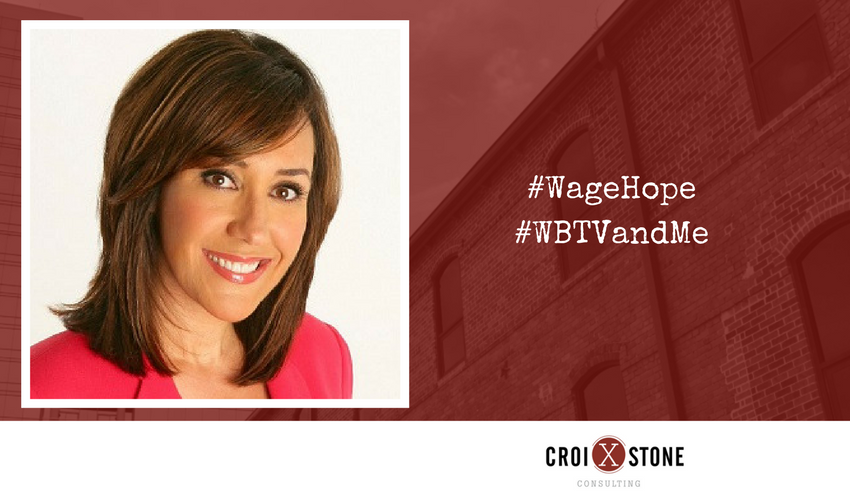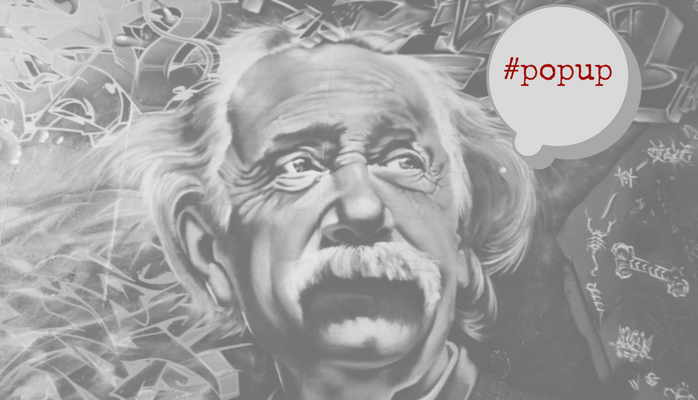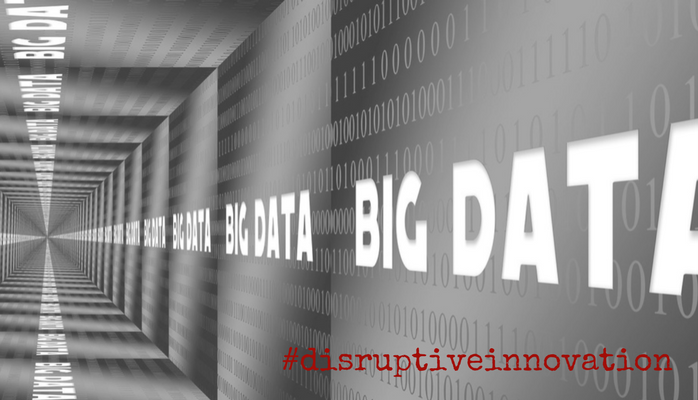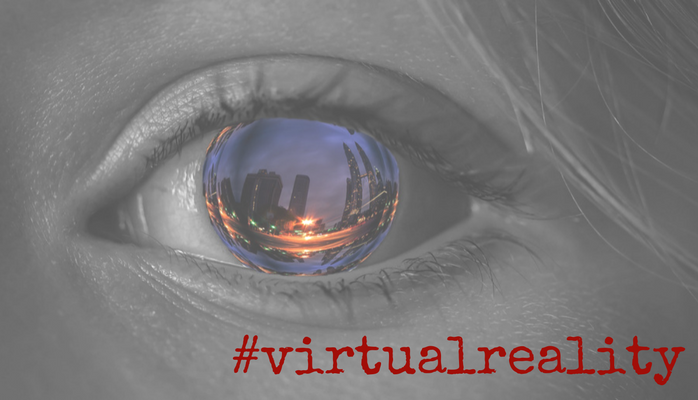WBTV’s Maureen O’Boyle Visits the Croixstone Loft
The Croixstone team enjoyed welcoming WBTV’s Maureen O’Boyle (Anchor/Reporter) to our loft today. We enjoyed working with Maureen for a photo and video session to promote PurpleStride Charlotte 2017…the walk/run to end pancreatic cancer hosted by the Charlotte Affiliate of the Pancreatic Cancer Action Network (PanCAN) on September 9.
Croixstone’s Founder and Managing Partner, Mark Weber, serves as a volunteer Media Relations Chair for PanCAN. Patti Weber, Croixstone’s Chief Experience Officer, volunteers as Teams Ambassador for PurpleStride Charlotte.




